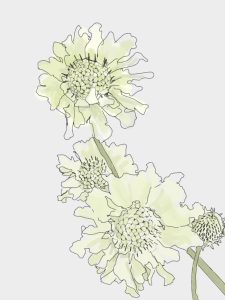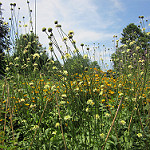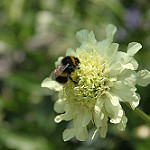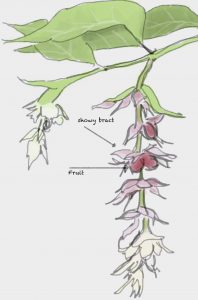 Leycesteria formosa, Himalayan honeysuckle
Leycesteria formosa, Himalayan honeysuckle
Family: Caprifoliaceae
Description:
This shrub is known for striking floral display in summer followed by attractive fruits in fall. This long blooming species has white flowers descending from showy red bracts. Fruit emerge as pink and transition to dark purple. Stems are vigorous, but take two years for wood to ripen to produce fruits. Any stem older than three years begin to deteriorate.
Growing conditions:
Leycesteria Formosa grows well in the Vancouver region. It is best in full-sun or part-shade in moist soil.
Suitable uses:
This species is valuable for both ornamental appeal as well as wildlife attraction. Leycesteria formosa is frequented by hummingbirds and butterflies when flowers are present as well as birds when fruit emerges. To truly highlight this attractive shrub, a knowledgeable grounds-person is needed for correctly pruning.
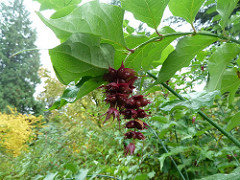
CC Image courtesy of Wendy Cutler on Flickr


